Le Thai Linh
Sentence Compression as Deletion with Contextual Embeddings
Jun 05, 2020


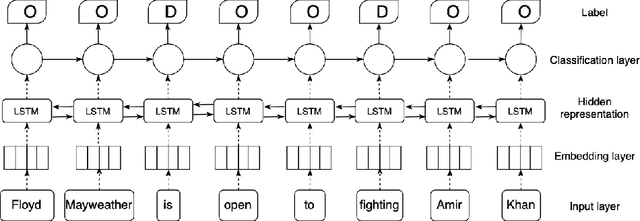
Abstract:Sentence compression is the task of creating a shorter version of an input sentence while keeping important information. In this paper, we extend the task of compression by deletion with the use of contextual embeddings. Different from prior work usually using non-contextual embeddings (Glove or Word2Vec), we exploit contextual embeddings that enable our model capturing the context of inputs. More precisely, we utilize contextual embeddings stacked by bidirectional Long-short Term Memory and Conditional Random Fields for dealing with sequence labeling. Experimental results on a benchmark Google dataset show that by utilizing contextual embeddings, our model achieves a new state-of-the-art F-score compared to strong methods reported on the leader board.
Transfer Learning for Information Extraction with Limited Data
Mar 06, 2020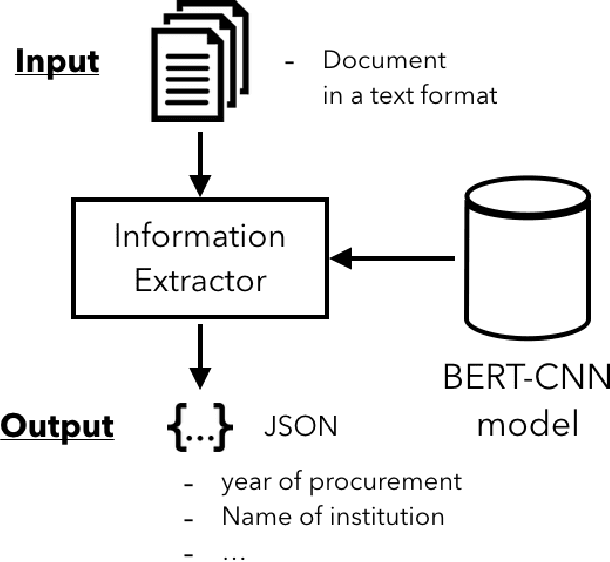
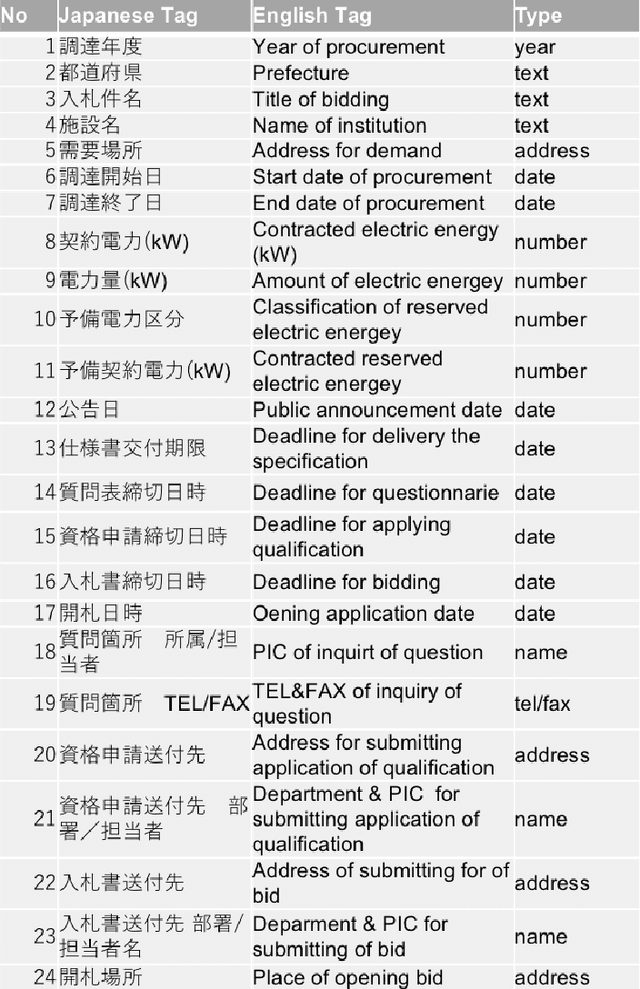
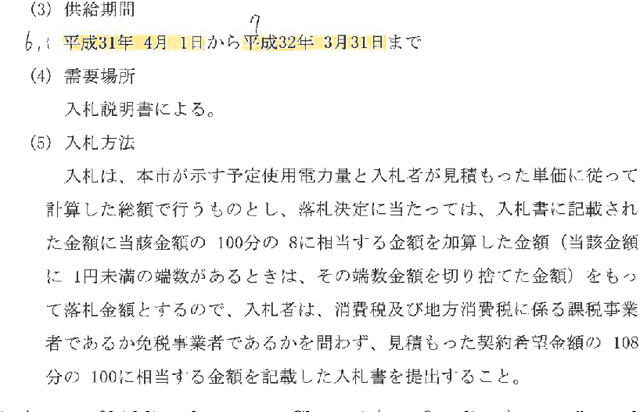
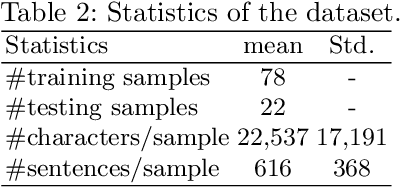
Abstract:This paper presents a practical approach to fine-grained information extraction. Through plenty of experiences of authors in practically applying information extraction to business process automation, there can be found a couple of fundamental technical challenges: (i) the availability of labeled data is usually limited and (ii) highly detailed classification is required. The main idea of our proposal is to leverage the concept of transfer learning, which is to reuse the pre-trained model of deep neural networks, with a combination of common statistical classifiers to determine the class of each extracted term. To do that, we first exploit BERT to deal with the limitation of training data in real scenarios, then stack BERT with Convolutional Neural Networks to learn hidden representation for classification. To validate our approach, we applied our model to an actual case of document processing, which is a process of competitive bids for government projects in Japan. We used 100 documents for training and testing and confirmed that the model enables to extract fine-grained named entities with a detailed level of information preciseness specialized in the targeted business process, such as a department name of application receivers.
 Add to Chrome
Add to Chrome Add to Firefox
Add to Firefox Add to Edge
Add to Edge